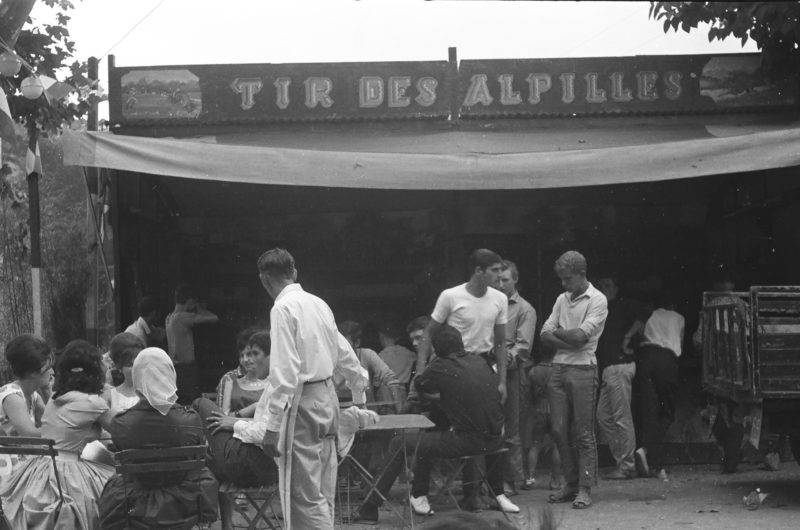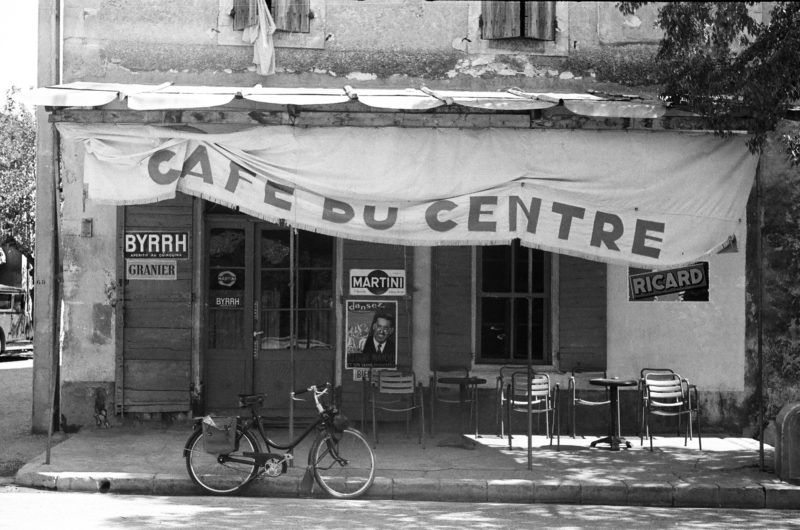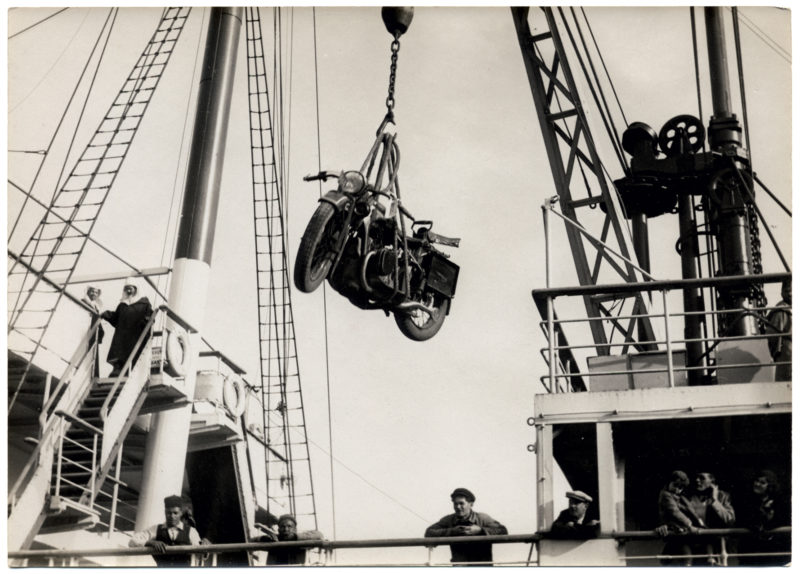Photography
Alfred Latour was familiar with numerous photographers, one of whom was Laure Albin Guillot, who took his portrait. Paris in the nineteen thirties was an epicentre of photography, where artists, intellectuals and publishers — all preoccupied by the role and status of photography — flocked and which also saw the rise of the illustrated magazine.
On contemplating his wonderful self-portrait, or his intimate Parisian photo-reportage — in the style of Brassaï — or his point-of-view essays focused on the Bon Marché department store, with their bustling images of pedestrians and motor traffic, we notice how all strive towards a shared aesthetic ideal and plastic preoccupation: not only those of the epoch but also of an artist dialectically engaged with form and with the spirit of an age concerned particularly with issues of realism, of aesthetic order and, of course, with modern beauty.
Daniel Girardin
Art historian and former curator of the Élysée Museum, Lausanne

















